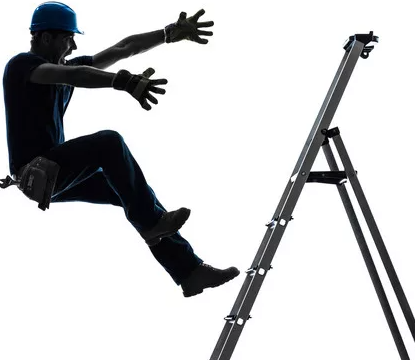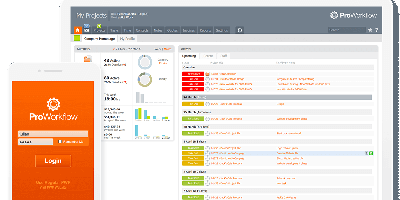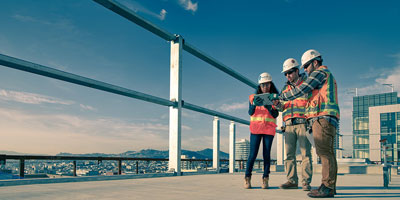 The cause of injuries may be these common forms of workplace accidents, ranging from mild ailments such as cuts and abrasions to severe injuries such as amputations, fractures, organ damage, brain injury, or paralysis. Of course, in the most extreme cases it is possible to destroy workers.
The cause of injuries may be these common forms of workplace accidents, ranging from mild ailments such as cuts and abrasions to severe injuries such as amputations, fractures, organ damage, brain injury, or paralysis. Of course, in the most extreme cases it is possible to destroy workers. Employers employed in physically challenging sectors such as construction will benefit from physical skill testing programs in the workplace, a protective initiative that has been shown to minimize accidents in the workplace and the costs arising from them, including compensation costs for employees. A well-designed physical skill assessment program provides a reliable, science-based way for employers to ensure that new employees are physically capable of meeting the job's particular demands. These systems will also help ensure that current workers remain fit for service, capable of safely and effectively managing the physical demands of the work.
The body places intense demands on each of these work requirements, but the back, shoulder, hip and knee appear to bear the brunt of the job. Moreover when wearing bulky tool belts, this work is also done in high temperatures. During their long day of work, the cardiovascular system and stamina of the worker are highly taxed. The ability to work on beams and scaffolding allows a good sense of balance a must-have. In the construction industry, a pre-hire physical skill test should be designed to meet each of these demands, some of the most physically demanding elements of these very difficult work.
Injury prevention and safety education services also provide useful assistance in increasing safety in the workplace. In order to recognize the particular risks present in the workplace, a well-designed program will include workplace reviews, while safety training aims to increase understanding of these risks and how to prevent them.
Other measures employers can do to minimize the risk of workplace injury include maintaining new protective equipment and ensuring that all workers are properly trained in its use. In addition, as is routine inspection and maintenance of all office equipment, ensuring that specific workplace safety policies and procedures are in place and strictly followed is important.
Although all worker accidents can definitely not be avoided by these measures, they can work to build a culture of safety in the workplace that leads to substantial changes in injury rates.








